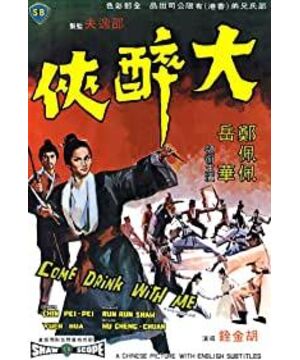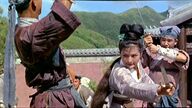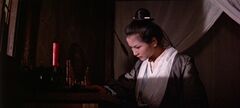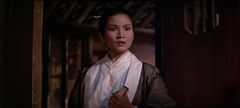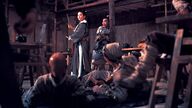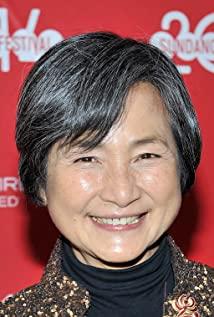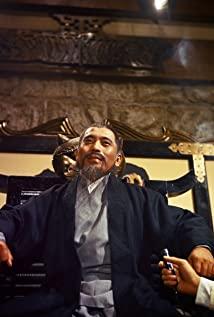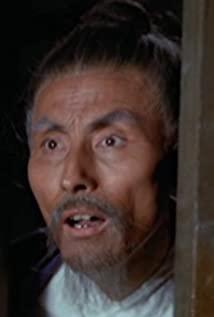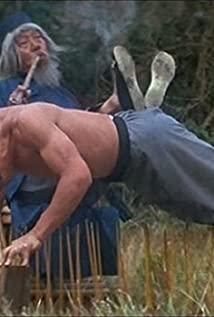Hu Jinquan brought martial arts to a whole new level. The difference from the martial arts films at that time was that the fighting part was like a Peking Opera, rather than a real fight.
The mysterious female swordsman played by Zheng Peipei is going to rescue her brother who has been kidnapped. She comes to an inn where thieves ambushed. The scene before the fight usually presents a very tense atmosphere, and the percussion sound effects of Peking Opera are used to enhance the effect. This scene was filmed for more than a week because Hu Jinquan tried different styles. Everyone believed that Director Hu was also constantly learning how to shoot fighting scenes, because he did not know the effect of the shooting. what does it look like.
The Drunk Man's fight scene blends drama and dance, also revealing the tradition of Peking Opera. Deng Peipei, a newcomer to Shaw Brothers, was a dancer at the time, not a martial artist at all. The performance of the action should be straight to the point, the action should not be sloppy at all, and show the beauty of multiple forms.
Hu Jinquan often uses smoke and lighting to express beauty, and often chooses ethereal landscapes as the background for his swordsmanship.
"Zhonglie Tu", which was launched many years later, showed a clear style change. Compared with the actor's martial arts moves, he pays more attention to the movement of the camera and the speed of editing. Hu Jinquan invented the 8-frame editing method, but he did not deny that his work was influenced by another - Japanese film.
At that time, in the 1960 outside films, Japanese action films, such as the Zatoichi series, gave Hong Kong films a lot of impetus and stimulation. The costumes, styling, scenery, camera movement, and lighting were all far more advanced than Hong Kong films at that time. many.
View more about Come Drink with Me reviews


